
Defining Interactive Ecommerce
Today we are excited to be releasing the whitepaper - Defining interactive e-commerce which outlines a model of mobile-first ecommerce arising from China over the past few years where “social” is but one aspect of a broader toolbox.
The case study used throughout the paper is Pinduoduo. The inspiration for writing on this topic came when we spoke with employees at the firm and the word “interactive” kept cropping up. With this paper, we wanted to dig into what exactly that meant and hopefully find a better way to conceptualize what were the important drivers of Chinese mobile-first e-commerce platforms.
PDF Download links [53 slides, 5.81 MB]
(China) Weiyun / (International) Dropbox Alternative: Slideshare
Over the 53 slides we cover quite a few concepts and much backstory on Chinese mobile ecommerce. The core elements of “interactive e-commerce” we identified were Recommendation + Entertainment + Community with “Value” as a guiding principle. Below are a few highlights:
Recommendation
Mobile-first ecommerce is less of a search-driven experience and more about newsfeed recommendation. The analogy we use in the paper is thinking of traditional search-driven ecommerce as being like ordering from a restaurant menu, whereas mobile recommendation-driven ecommerce is like selecting dishes from a conveyor belt sushi train.
The difference between recommendation driven ecommerce and search-driven ecommerce can be conceptualized as “people looking for products” vs. “products looking for people.”
For me personally a surprising implication of this model is that recommendation driven platforms such as Pinduoduo, need far fewer SKUs than traditional search-driven ecommerce platforms that need to accommodate long-tail search terms requests. They can essentially centralize the traffic around high-value items.
The recommendation of items is a much more appropriate method for mobile commerce given the attention spans, small screens, and time spent on mobile devices being highly fragmented.
E-commerce isn’t as accessible to everyone as we think. There are many barriers stopping people from taking part. In the paper, we broke these down and showed how arguably the most important thing mobile e-commerce platforms like Pinduoduo did was drastically lower the barriers to taking part in e-commerce.
Technical barriers
Internet – the spread of cheap mobile internet meant that everyone could be online every day.
A way to pay – the prevalence of mobile payment solutions in China meant people were familiar and comfortable with paying on mobile.
Practical barriers
Download an app – this may sound trivial but can actually be a significant obstacle for less savvy mobile users unfamiliar with app stores. Mini programs helped in reducing this issue by removing the need for an app download.
Find a compelling product for me – PDD’s team purchase model harnessed the power of social product recommendations to solve this issue, as friends will find the product for you.
Motivational barriers
Try something new and unfamiliar – through the team purchase model current customers recruit new ones, educating and explaining the benefits are natural parts of the process.
Overcome fears of wasting money – low price, high value, and accessible products reduce these concerns.
This is just a small taste of what we covered. The whitepaper also covers aspects such as relating the framework back to the AARRR funnel and metrics such as DAU/MAU stickiness.
Trending
-
1 SEO Mistakes That Could Be Costing Your Shopify Store Sales
Daniel Hall -
2 Strategies for Safeguarding Assets and Investments
Daniel Hall -
3 The Role of PR Firms in Crisis Management and Damage Control
Nitish Mathur -
4 How to Make Appealing Visuals for Your E-commerce Store
Daniel Hall -
5 The Competitive Landscape of Low-Cost Carriers in Belgium: TUI Fly Belgium’s Position
Daniel Hall


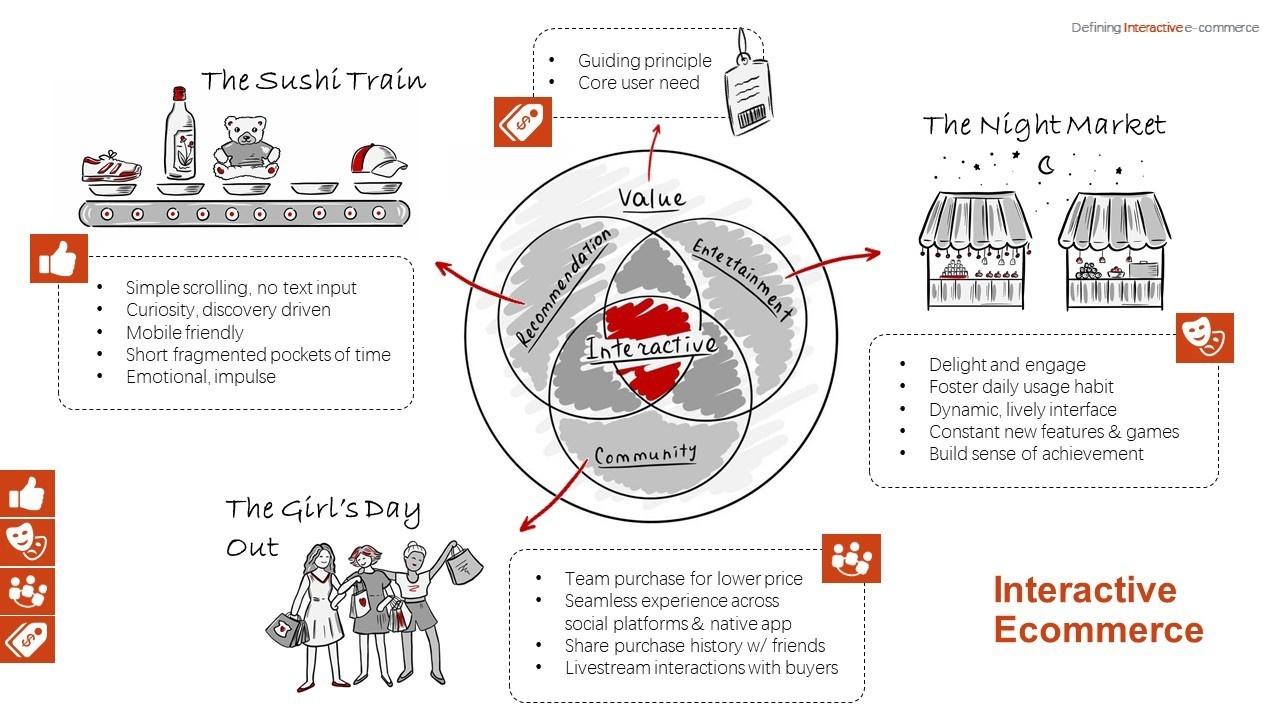
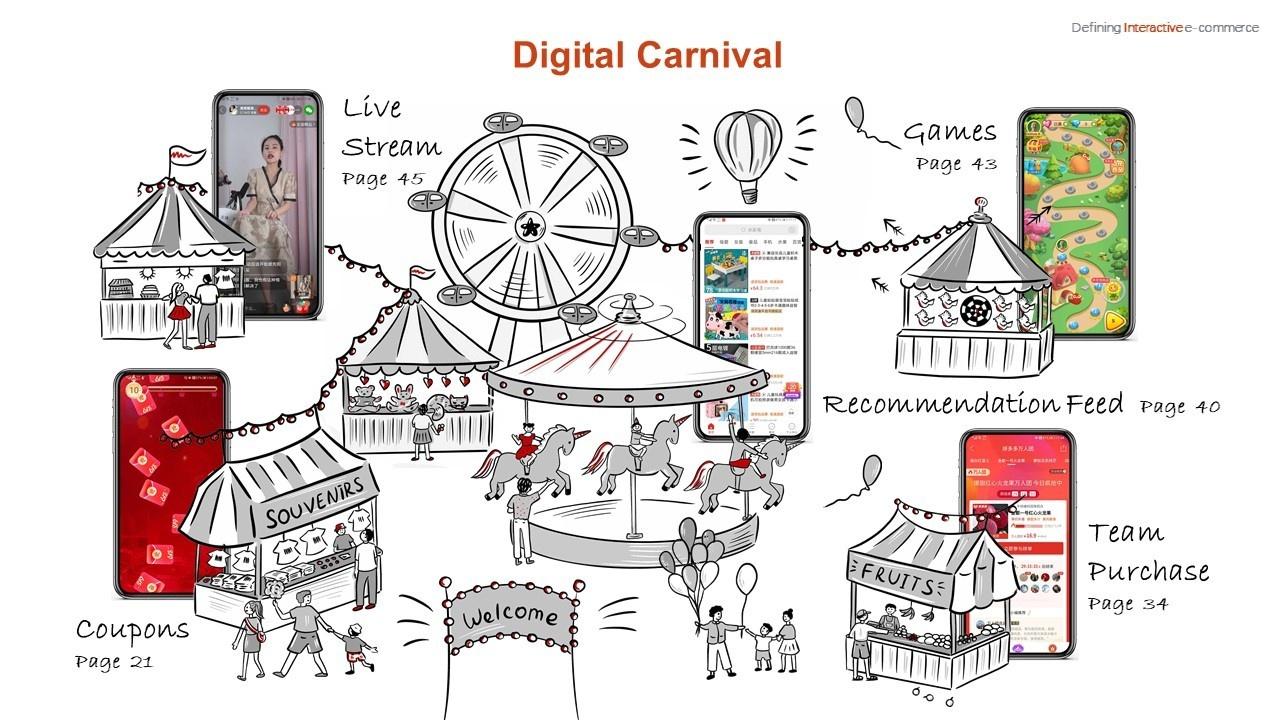
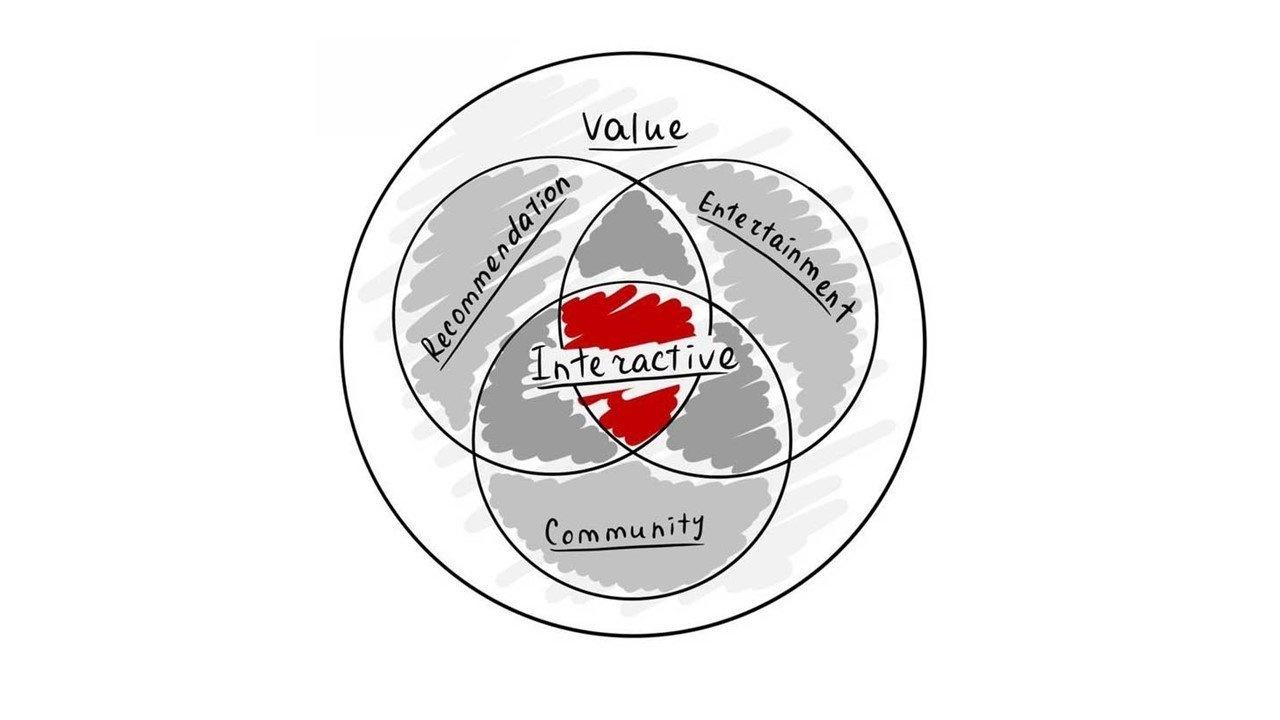
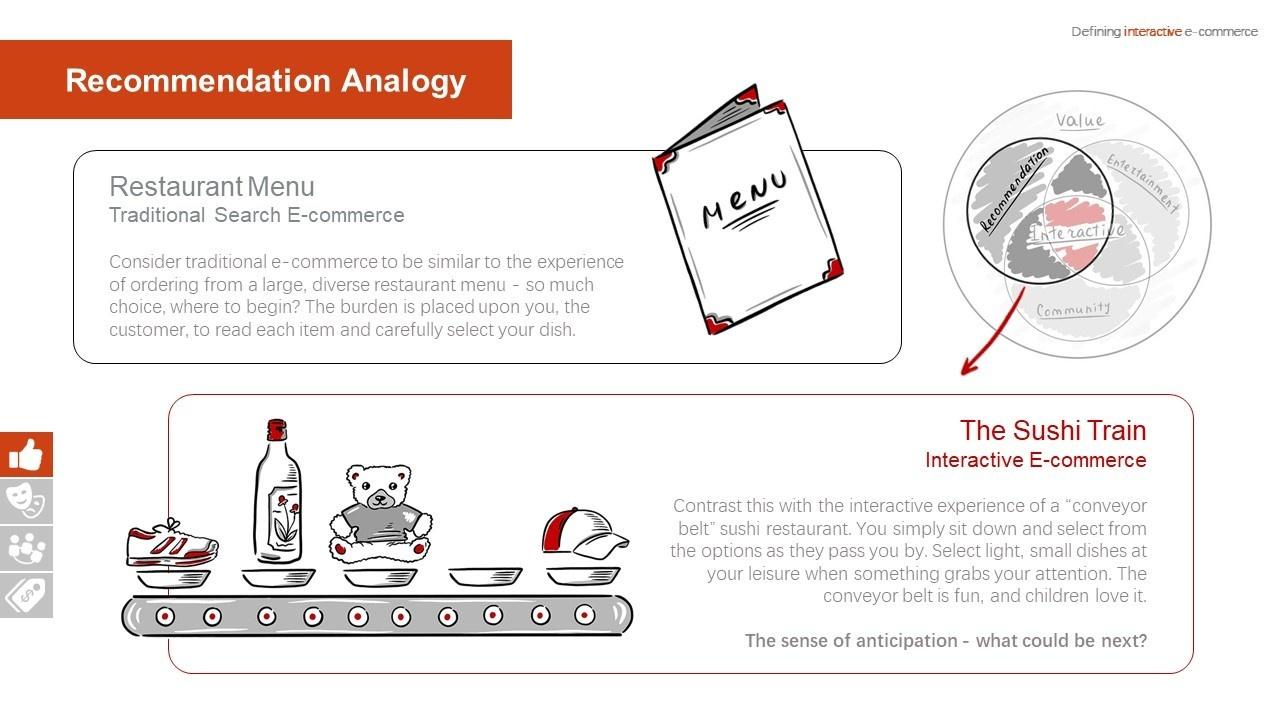
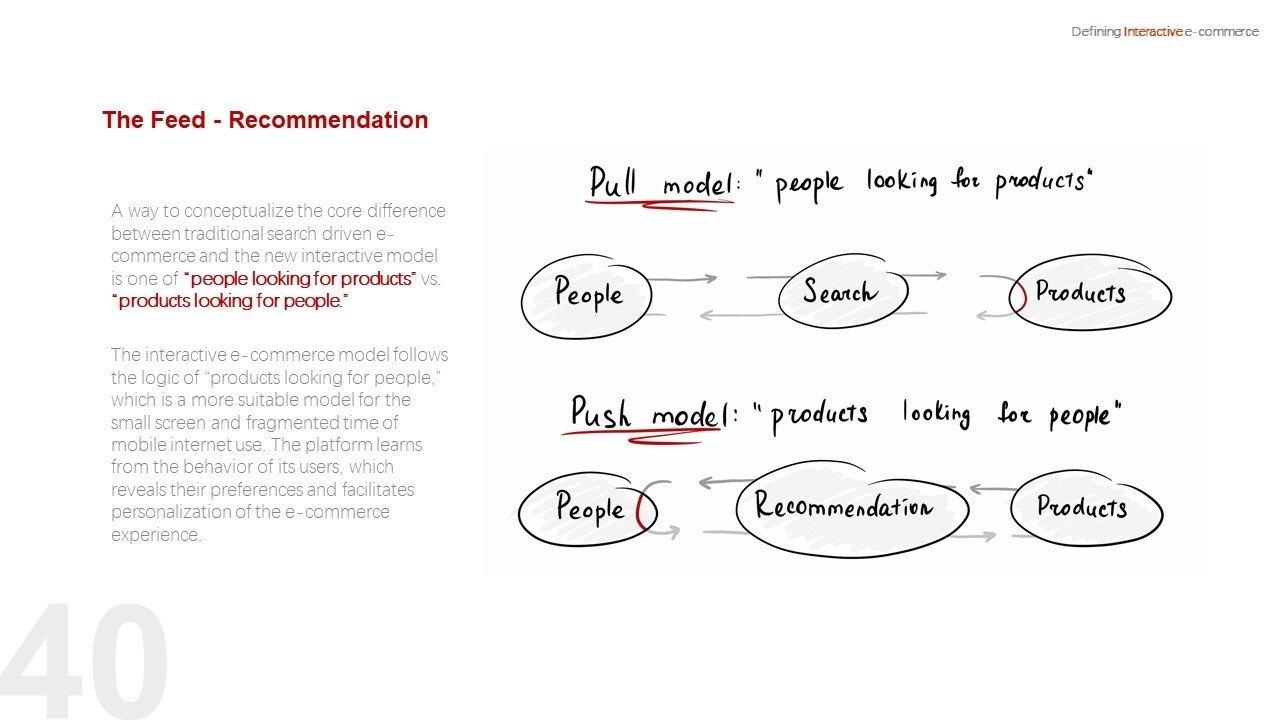
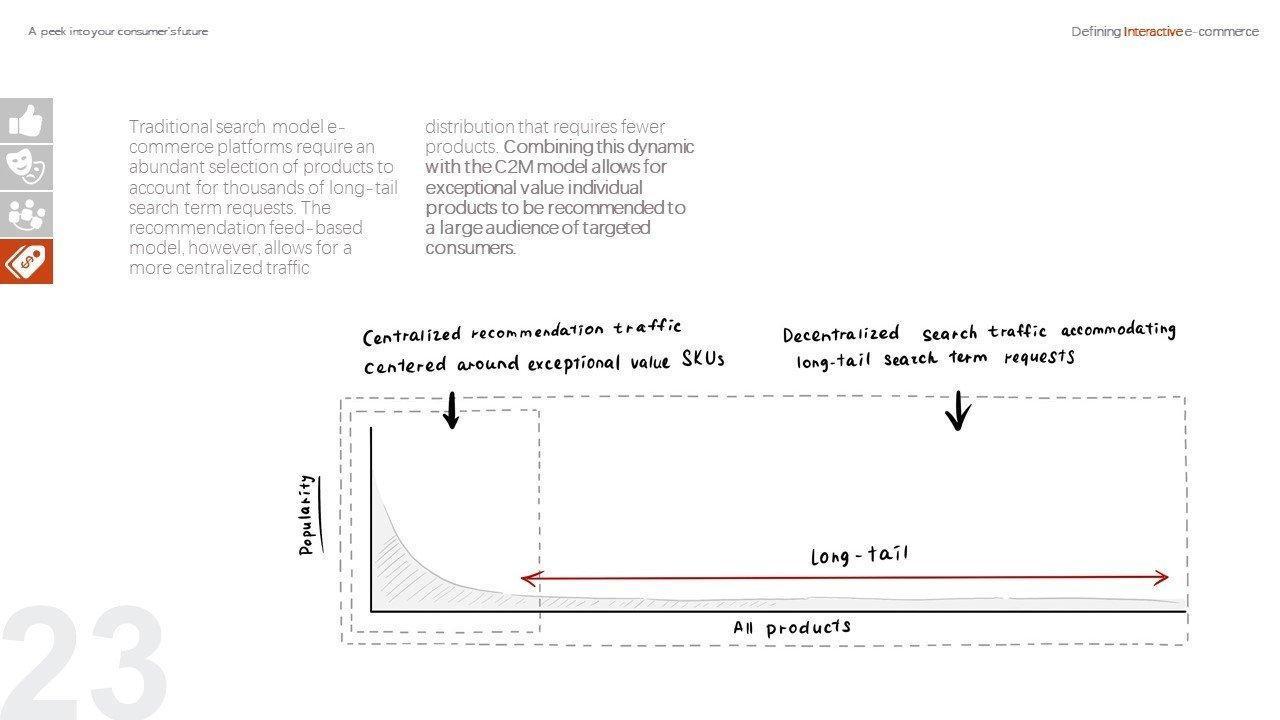
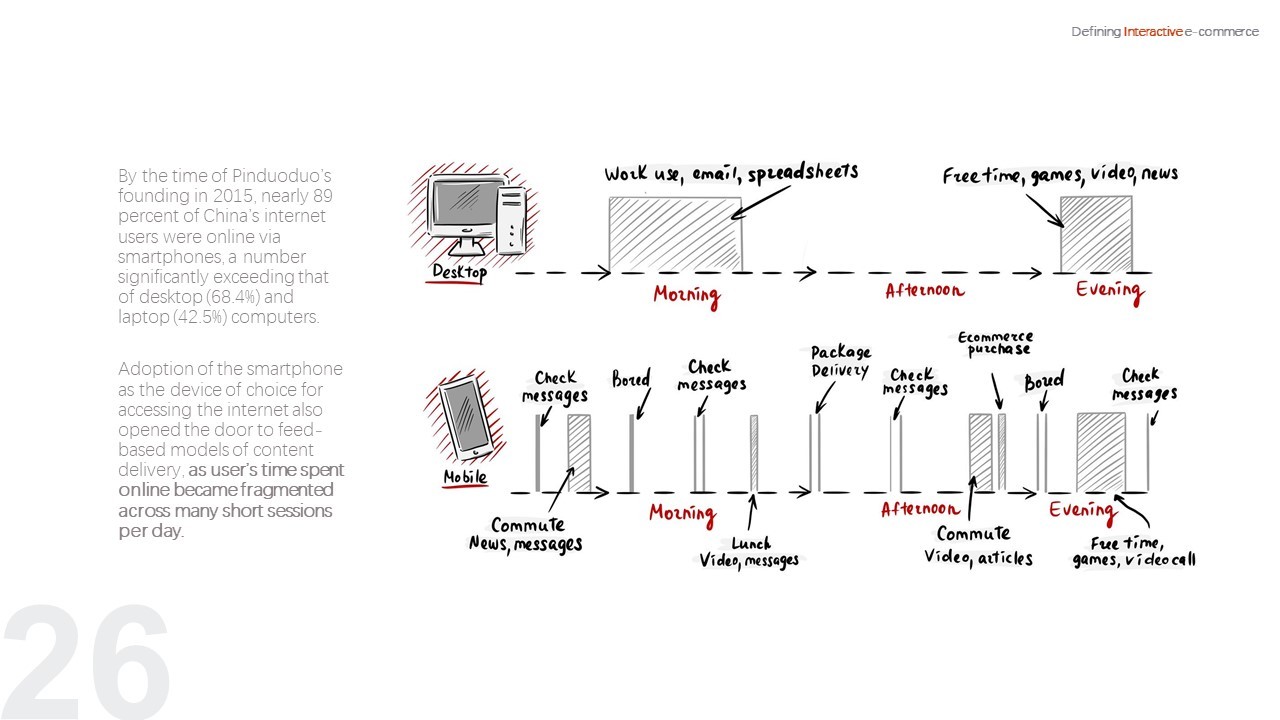
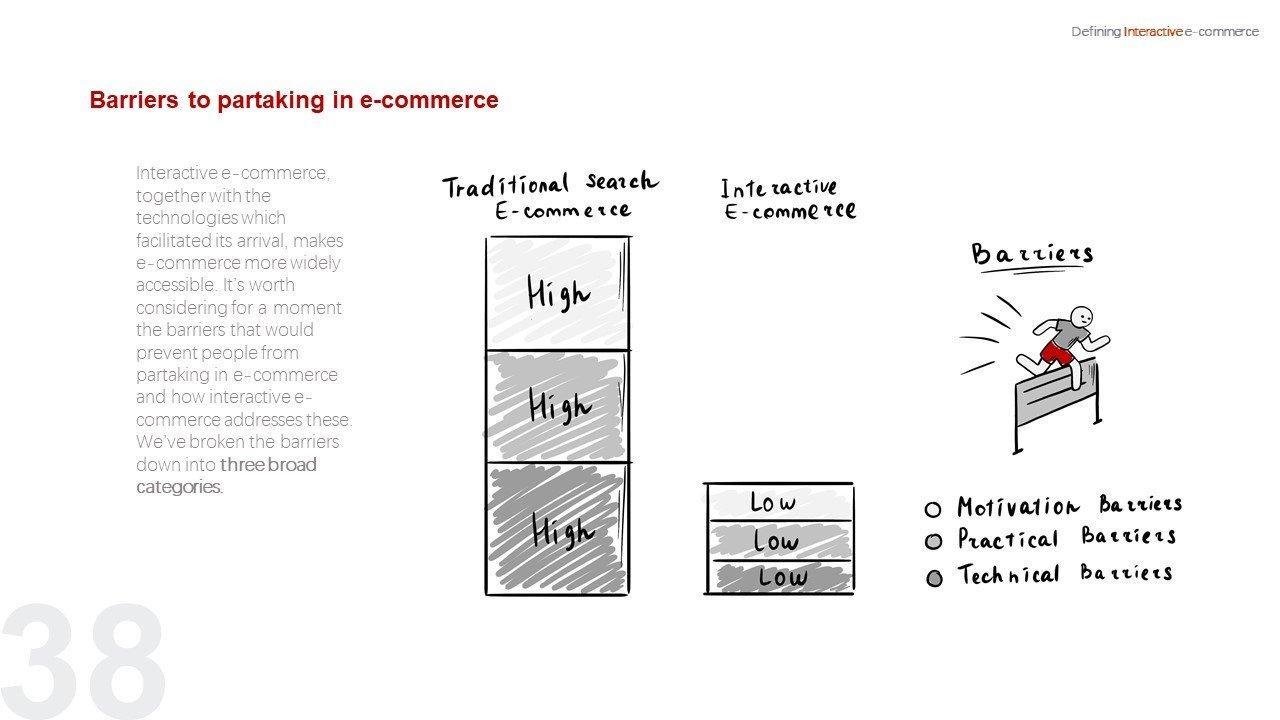
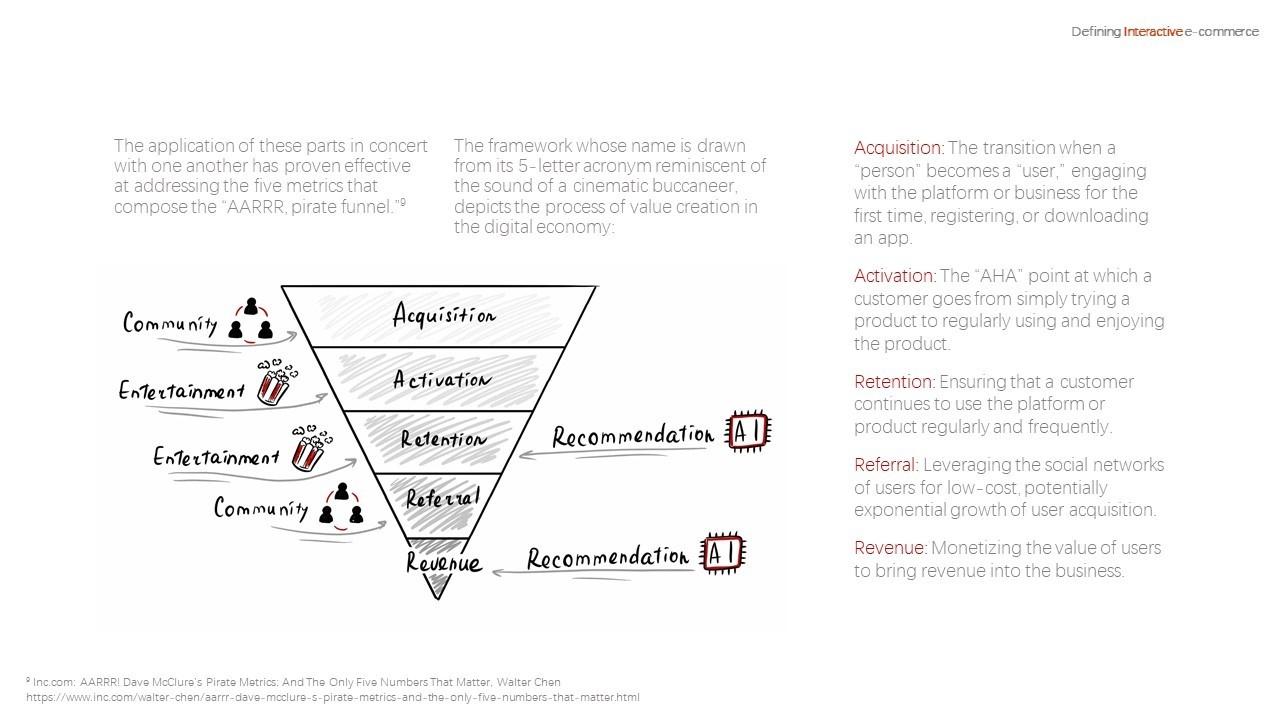



Comments